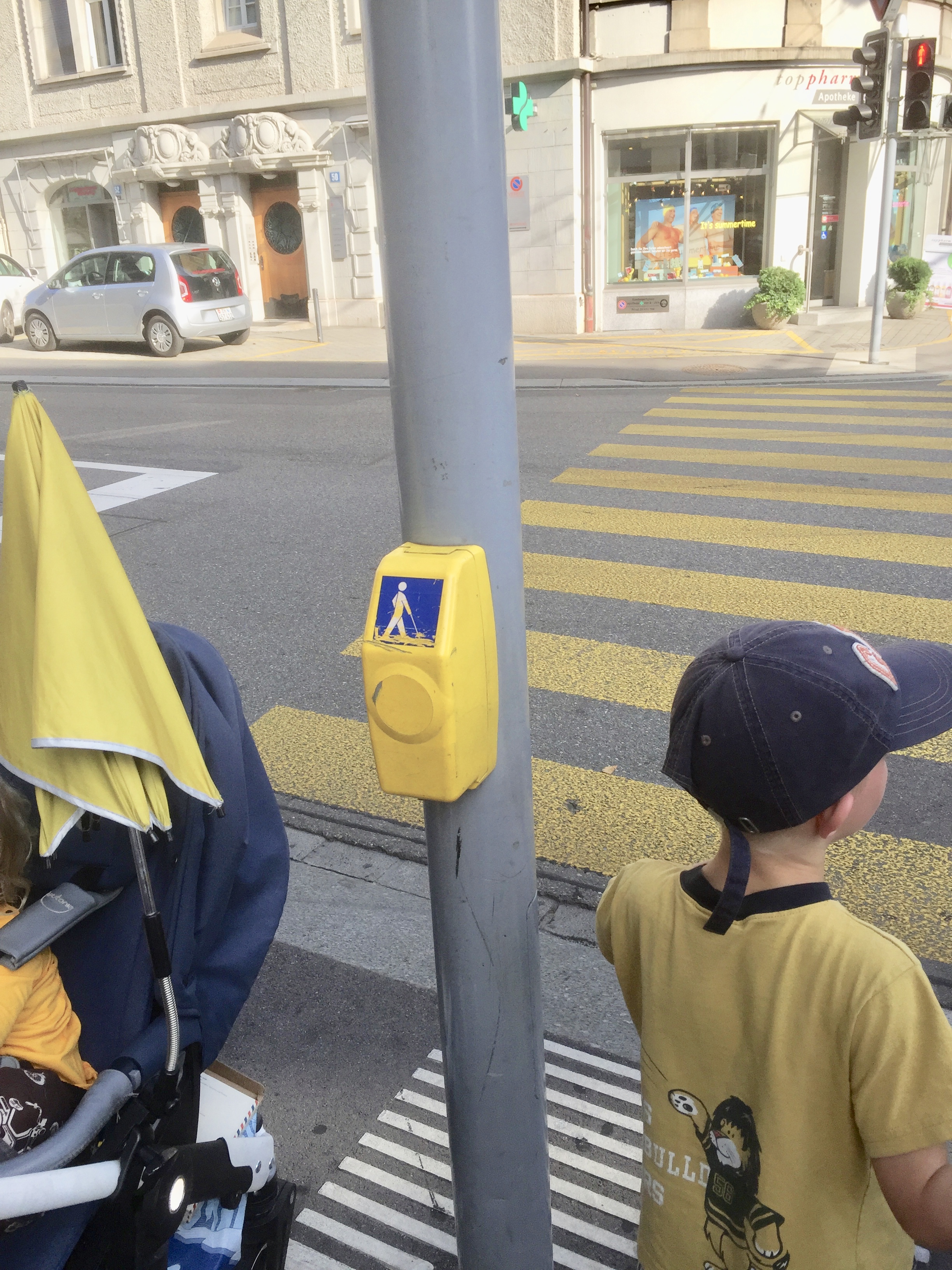
Photo by julie aagaard on Pexels.com
In a densifying city that is serious about being sustainable lowering vehicular speed limits within neighbourhoods is a good way to enhance livability for local residents, decrease automobile emissions, plus lower the likelihood of serious injury or death. You would think that in a country with universal health care that lowering vehicular speeds within neighbourhoods would be the right thing to do to foster walking, cycling and interaction among residents.
But we forget that the street fabric and the way that our communities are designed and indeed funded have been for vehicular movement, and that mode of transportation has (pardon the pun) had a free ride. Auto infrastructure has been funded by the general tax base and not by the user. Cars have gobbled up the majority of shared road space, and our 20th century mindset does not know how to slow them down.
Until now.
As Dan Fumano in the Vancouver Sun reports “Vancouver city council voted unanimously Tuesday to move ahead with a pilot project to reduce the speed limit on certain side streets to 30 km/h, down from 50 km/h. Council directed city staff to identify a local street or area in Vancouver for the pilot, and report back with an implementation strategy and proposed road design by later this year.
The motion, entitled “Safer Slower Streets” and initially introduced in April by Green Coun. Pete Fry, also seeks to lobby the provincial government, through the Union of B.C. Municipalities, to change the Motor Vehicle Act to allow municipalities to implement blanket speed zones in residential areas. Fry’s original motion defined “local streets” as those with no centre line.”
At the City Council meeting where the motion was approved residents came forward hoping that their neighbourhood could be considered for the pilot. I have written extensively on the benefits of slower speeds in communities from a safety viewpoint~but there is a livability issue as well. Slower neighbourhood streets make places where seniors can comfortably stroll and talk, and kids can have stick hockey games. A pilot project will give an idea at how slower vehicular speeds are an amenity that can be offered in a densifying city, allowing for public interaction and active discourse on the street.
We already know how to make the 30 km/h speeds stick too. Streets that are bikeways are already signed for 30 km/h, and so are areas around schools. Those work with moral persuasion and judicious enforcement. And a survey conducted by pollster Mario Canseco found that 71 percent of respondents “approve of using fixed speed cameras — cameras that stay in one location and measure speed as a vehicle passes. “
In Canada one-quarter of all Canadians will be seniors by 2030, and keeping seniors fit, engaged and active fits into slower streets that encourage walkability. In a place like Vancouver where there is pressure to create more rental housing and forgo some of the amenities that developers are normally asked for, slowing neighbourhood streets provides a low-cost way to enhance public environments. It is simply the right thing to do, and adds an element of safety on dark wintry rainy months.
Adrienne Tanner in the Globe and Mail went farther. She wants to know why the Government of British Columbia is not being proactive on Councillor Fry’s motion. in her analysis of slower more comfortable residential streets, Ms. Tanner bluntly states
“Vancouver should follow the lead of other cities and embrace the slow-driving movement. Let’s dispense with the pilot project and drop the speeds on all residential streets… Even better, the province could take the initiative and save everyone the trouble of pushing for something that so obviously should be done.”
Creating slower, safer, more sustainable cities is simply the right thing to do.














This is good and good that it was unanimous. I see it as a good start. The streets in neighbourhoods should eventually all be redesigned to reflect this.
In The Netherlands they realized that a street cannot not be everything to every activity. Some had to be for some things and less others. From there they had to decide which activity a street would be chosen. We do that here a bit with arterials, collectors and such but most streets are similar in design and accommodate motor traffic and tax payer subsidized storage of private property to the detriment of other uses.
Let’s hope this is one step in many to come.
A lot of conjecture in this notion. Driving at 30km/hr does not actually emit less, it emits a little more. There are numerous factors which include acceleration, stop and start and so on, but slower does not simply equal less pollution until you get to highway speeds.
Where are the main source of accidents? People going say 40km/hr on a residential street who would be saved by going 30km? Any stats to show that? I would be surprised, but who knows. People have cars and they use them and will continue to use them, to take kids places, do shopping, go out, whatever, but this writer seems to be at war with them and this motivates her wider views about the greedy use of roads by cars and the notion that going slower will change the fabric of the community. I find this hyperbole rather silly.
Let’s drive safely, by all means. Let’s do more to stop people driving through stop signs in both cars and bikes. Let’s focus on where the most incidents occur and address that. This particular issue seems part of the writer’s broader anti car agenda and will do very little to curb accidents, but make speeders out of everyone who will likely drive 35 or 40, because 30 really is super slow.
David, the primary aim of a lower speed limit on neighbourhood streets isn’t to reduce crashes, although that certainly could happen. It is more to make those crashes that do happen more survivable for those outside the vehicle. And yes, there is research on this. It is like wearing a seatbelt for those inside the vehicle; doing so doesn’t reduce crash incidence rates, but it does reduce injury severity.
I do think there is a livability aspect; vehicles driving slower make the streets more inviting for those not driving. We should expect increases in mode share for people walking and cycling, simply because more people will feel more comfortable being in those shared spaces. That is primarily where your reduction in emissions comes in, from avoided vehicle trips, not from slower vehicle trips.
Sorry, I am late responding because I did not get a notice. I know the research says that slower speeds mean less severe injury, but that’s not what I’m asking. How many accidents happen on residential streets and why? Running a stop sign? That’s not going to change because of lower speeds. I’d be interested to know where we see accidents in this city and my view is that we should focus there.
As regards all your notions about making streets more inevitable because someone is driving at such a slow speed, this is just a bizarre notion to me. I don’t see anyone intimidated to enjoy their neighbourhood because of cars driving above 30 on their streets. This is a rather fanciful notion of a problem we don’t actually have. Show me someone who says, “I don’t actually go outside because of fear of cars going 40km/hr”. Really.
And you suggest that this will result in fewer vehicle trips? Honestly, that’s a total head shaker. This feels like a construct you wish will happen and so you imagine things which might cause it, but, with respect, this is just pure conjecture with no basis in any reality.
Every day, people on bikes make the decision to ride on designated local street bikeways instead of parallel non-designated routes, even though many of those routes have very little in the way of improvements, but where there are 30 km/hr speed limits. They choose those streets partly because they are more comfortable with vehicles travelling slower. This isn’t bizarre, it is born out by observation and investigation. For walking, my best example would probably be Point Grey Road west of MacDonald, which saw many times more people walking (and cycling) each day after it was calmed and had through arterial traffic removed; the remaining vehicles travelling much closer to 30 km/hr. The figures were reported, you could look them up, but it was something like 3 times from memory, and that was before the sidewalks were widened. Other greenway figures would also show before and after user volumes, including Helmcken.
“30 really is super slow”
I think people are rarely going more than a few blocks on the 30 km/h streets and any time lost is negligible and can be measured in seconds. As a fraction of total travel time for any partic. journey, it is generally a tiny portion. It is a false concern IMO. Impatience is clearly a societal ill we are all suffering from. Safer, slower streets may be just the right place to start addressing this pathology.